Popliteal Cyst (Baker’s Cyst)
What is a popliteal cyst?
Popliteal synovial cysts also called Baker’s cysts; this condition is due to a problem that affects the knee joint, such as arthritis or a cartilaginous injury. the cyst walls resemble synovial tissue with fibrosis evident, and there may be(C.N.I) chronic nonspecific inflammation present.
Osteo-cartilaginous loose bodies may also be found in the cyst, even if they are not seen in the knee joint. Though a popliteal cyst doesn’t cause any chronic(long-term) damage, it can be very uncomfortable and rarely can rupture. Symptoms related to a popliteal cyst origin are infrequent and may be related to the size of the cyst. Fluid in the posterior side of the knee can then track down the calf and lead to a bruise around the ankle.
Causes of a popliteal cyst
Synovial fluid is a liquid form that normally circulates through the cavities in your knee joint. The knee joint is made of bone, tendons, and cartilage. The tendons and cartilage need lubrication to move, which they get from synovial fluid. it helps the joints move smoothly and reduces friction. Sometimes the knee produces excessive of this fluid.
The pressure increase forces the fluid to the back of the knee via a one-way valve, where it creates a bulge beside the knee. This severe swelling of the knee causes a popliteal cyst beside the knee.
The common causes of a popliteal cyst are:
A blood clot can also cause swelling behind the knee and on the back of the calf. It’s essential that your doctor examines the swelling to determine if the cause is a clot formation or cyst.
In each knee, there are various pouches, through which the synovial fluid circulates. Between the popliteal bursa – a pouch at the back of the knee – and the knee, there is a valve-like system that regulates the flow of synovial fluid.
If the knee produces excessive synovial fluid, there can be an accumulation of it in the popliteal bursa.
This can be caused by an inflammation of the knee, usually due to an underlying condition, such as:
- Gout – uric acid in the blood rise until the level becomes excessive (hyperuricemia), causing urate crystals to build up around the joints. This causes inflammation and severe pain.
- Hemophilia –is an inherited medical condition where the blood did not clot properly, leading to internal bleeding and joint damage.
- Lupus – is an autoimmune disease where the body’s immune system attacks normal, healthy tissue.
- Osteoarthritis – a form of arthritis caused by inflammation around the joint, breakdown, and the eventual loss of cartilage in the joints – the cartilage wears down over time.
- Psoriasis – some patients also experience pain and inflammation around the joints.
- Reactive arthritis – a chronic (long-term) type of arthritis with inflamed joints, inflammation of the eyes, and genital, urinary, or gastrointestinal system.
- Rheumatoid arthritis – is another inflammatory form of arthritis.
- Septic arthritis –is a joint inflammation caused by a bacterial infection.
- Injury – injury or trauma to the knee joint, such as a cartilage tear, can lead to a Baker’s cyst; they are common among athletes.
Symptoms of a popliteal Cyst
Some patients might have no pain and may not even notice the cyst is there. However, the symptoms of a Baker’s cyst can is:
- swelling behind the knee that is more evident when standing and comparing one knee to the other. It may feel like a water-filled balloon beside the knee.
- Swelling in your leg
- calf pain fluid around the knee pain
- Stiffness, clicking, buckling, locking of the knee joint you won’t be able to bend your knee
Anybody who experiences pain and swelling behind the knee should consult a doctor. A bulge behind the knee might be a sign of a more complex condition, such as a tumor or an aneurysm.
Popliteal Cyst Diagnosis
See your doctor if you have any of the signs listed above and if they’re causing problems.
They will examine you to rule out conditions that are more complex, like deep vein thrombosis(blood clot).
They may also need an imaging test to get a better look, such as:
- MRI
- Ultrasound
- X-ray
Complications
Existing knee problems are the most significant risk factor. Most effective relief comes from treating the underlying issues.
A popliteal cyst can burst, resulting in synovial fluid leaking into the calf area. This is an extremely rare condition. If a popliteal cyst bursts, the patient will probably experience:
- severe and sharp type of pain in the knee
- swelling (inflammation)
- the calf area may become red
- there may be a sensation like water trickling down the calf
The body will eventually reabsorb the fluid over a period of up to 3-4 weeks. Doctors might prescribe painkillers to control the pain. Redness in the calf area may also be a sign of a blood clot in a vein. Patients with such signs should see their doctor immediately.
Treatment for popliteal cyst
Often, your doctor will suggest that you start with nonsurgical treatment of your Baker’s cyst. There are generally things you can do at home and on your own, that can improve your symptoms.
- Taking an anti-inflammatory drug, such as ibuprofen.
- Maintaining a healthy body weight, which can help put less pressure on your joints.
- Avoid activities that strain your knee. This includes avoiding high-impact sports like jogging.
- Use a crutch or cane when you walk.
- Getting a referral for physical therapy from your doctor to help strengthen your knee and body.
Your doctor may also suggest a steroid injection. This involves cortisone being injected into your knee joint, which can reduce swelling (inflammation) and pain. Surgical treatment.
Physiotherapy treatment for popliteal cyst:
Nonsurgical treatment options can include the RICE approach:
- Resting your leg.
- Apply ice to your knee.
- Compression wraps on your knee to decrease the amount of joint swelling.
- Elevating your knee.
- Immobilization:
Immobilization is recommended for a few weeks after surgery to immobilize the knee, this can you do after by wearing a knee brace. - Elevation:
The limb is kept in an elevated position to drain the excessive fluid. - Cryo therapy:
cryo therapy for 15 minutes every 4-7 hours will reduce inflammation. Ice is applied to decrease pain and swelling. - Ultrasound therapy:
Ultrasound therapy is used to increase circulation, drain out toxins and thus decrease pain in the area. - Massage therapy:
A physical therapist used several massage techniques to increase circulation and decrease swelling. - Transcutaneous electrical stimulations (TENS):
Transcutaneous electrical stimulations are used to reduce knee swelling and pain. - Iontophoresis:
It uses a mild electrical current to push anti-inflammatory medicine to the sore area. This treatment is helpful for patients who can not tolerate injections. - Kinesio taping:
Kinesio taping is done on the backside of the knee and is proven to be effective in reducing inflammation. - Foam rollers:
For tightness and soreness, a foam roller is used to assist with myofascial symptoms. The foam roller is can not directly be used behind the knee.
Exercise for popliteal cyst
Exercises that focus on preserving the knee’s range of motion may ease pain and prevent muscular weakness. physical-therapy has a crucial role to play in the management of a popliteal Cyst. Manual therapy, likewise soft tissue therapy, can assist in moving fluid for swelling. This is particularly important to regain range of motion(R.O.M) and reduce tightness.
Ice(cryotherapy) and compression can also assist with swelling. An exercise program should also be implemented with stretching and strengthening exercises. Stretching exercises are important to promote tissue flexibility or fluid exchange. Strengthening exercises are vital to progressively provide more knee support so the risk of aggravation decreases. however, before trying any activity for a popliteal cyst, speak to a physical therapist. The false exercise may injure the knee, intensifying pain.
some exercises may benefit a person with a popliteal cyst:
Standing calf stretch
Standing up straight in front of a chair or another heavy piece of furniture, and use it for balance, if essential.
Step back with the right leg, then bend both knees till there is a stretch.
Hold this stretch for 15 seconds, then switch sides.
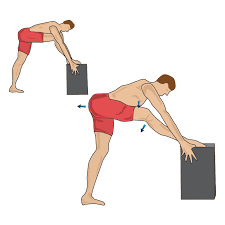
Heel lift
Sit on a stool with both feet flat on the base and the knees at 90 degrees.
Lift one leg from the heel side while keeping the ball of the foot on the floor.
Push the knee down to flatten the foot. Repeat this 10-15 times, then repeat.
Calf stretching
Sit on the base with your legs extended straight in front of you.
Loop a towel or exercise band under the balls of the feet, then slowly pull backward.
Hold the stretch for 10-15 seconds, then repeat.

Walking
popliteal cysts many times form as a result of a knee injury. Walking may help a person slowly regain mobility and strength.
whereas, if a person needs to change their control or gait knee into an unusual position to walk comfortably, it may not be safe to walk still. speak to a physical therapist.
Surgical treatment
Even though surgery is rarely used to treat a popliteal cyst, there are some cases where surgery might be recommended. Surgery might be used to repair the source of your knee damage.
Your provider may suggest a surgical option to you:
If Your knee pain is severe.If You’re unable to move your knee well (limited range of motion). Even though surgery is rarely used to treat a popliteal cyst, there are some cases where surgery might be recommended. Surgery might be used to repair the source of your knee damage. In many cases, your provider will treat the cause of your condition in order to fix your popliteal cyst. This may involve surgery for a knee injury or to correct damage to your knee. In other cases, your doctor might focus on the cyst itself.
Surgical options for popliteal cysts can include:
- Cyst draining: doctor can drain the fluid out of the cyst with a needle.
- Arthroscopic Knee Surgery: This procedure can be used to both diagnose and correct knee damage. Your doctor will make a small cut in your knee and insert a device called an arthroscope (a flexible tool with a camera on the end). This is also known as a knee scope.
- Knee Osteotomy: In this procedure, your doctor cuts part of the bone in order to correct damage to your knee. This surgery can be an also option for those with arthritis and knee pain.
FAQ
Is it difficult to walk with a Baker’s cyst?
The cyst makes it difficult to walk the knee. Symptoms get worse. Treatment stops working. The cyst gives numbness in the knee or leg.
popliteal will the cyst go away?
Most popliteal cysts will improve with nonsurgical treatment that includes changes in activity and medications. Some cysts may even go away on their own, with no treatment.
What is the normal size of a popliteal cyst?
There may only be minor swelling and often a Bakers cyst is so small you don’t even feel anything. In some cases. whereas, the popliteal cyst can get quite large, resulting in pain behind the knee, tightness, and stiffness, especially, when you bend and straighten the knee. The normal size of a Bakers cyst is 3cm.
A knee brace will help a popliteal cyst?
Decompression Knee Brace. This is common with those that have degenerative changes such as meniscus tears or arthritis. This knee brace for popliteal cysts is a hinged brace that offers lateral stability and compression to help with stability and swelling of the popliteal cysts.
Should I massage a Bakers cyst?
There is no beneficial approach for treating a popliteal cyst with a massage. Because it is a fluid-filled mass, mechanical pressure on the cyst will not do anything to help the fluid move out of it and may in fact irritate the issue.

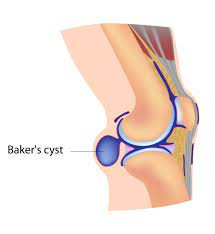
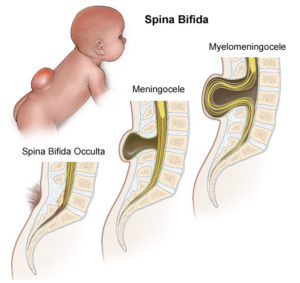

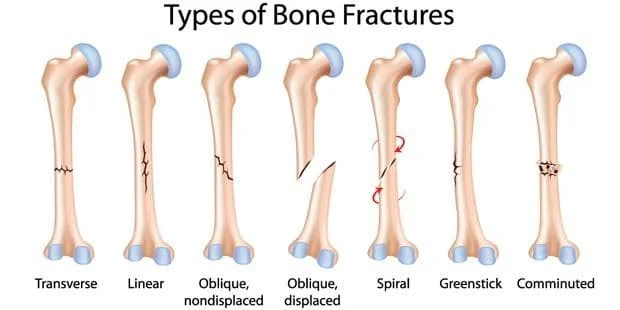
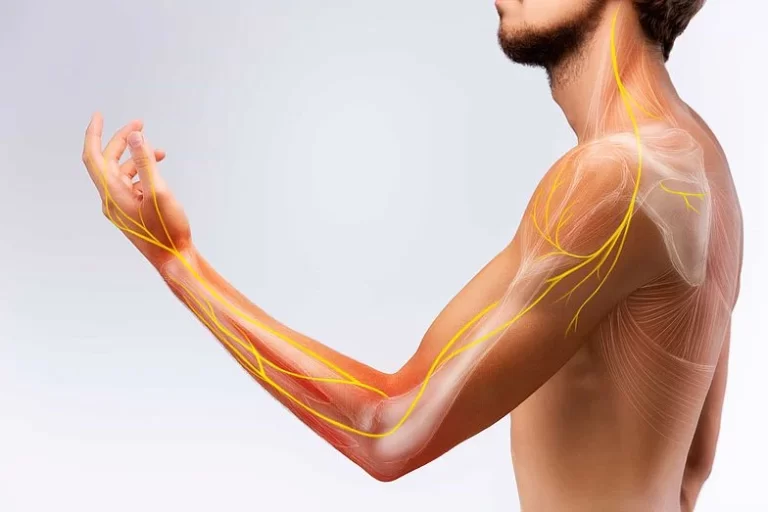

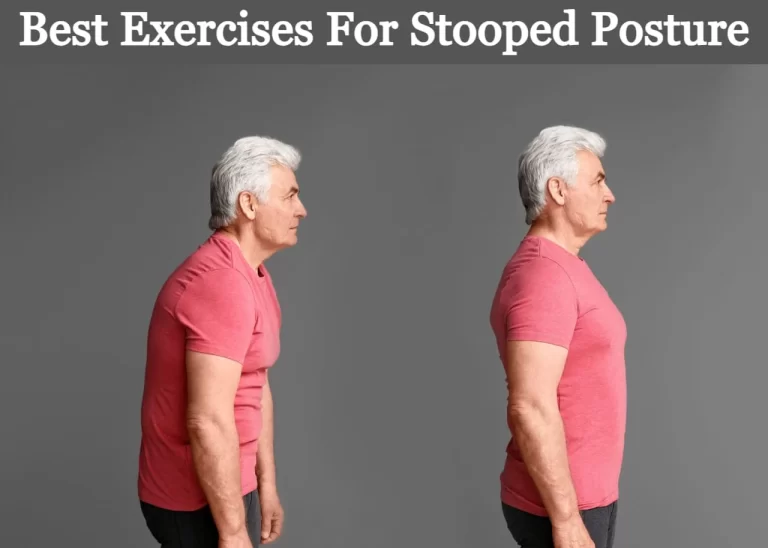
3 Comments